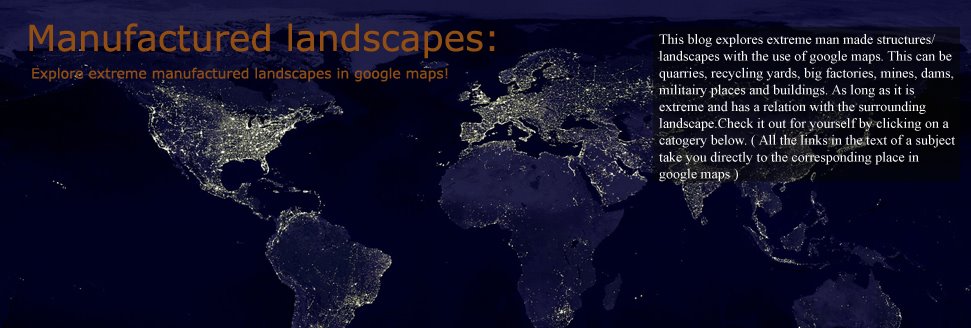Neutrino detectors
Neutrino detectors:
A neutrino detector is a device designed to detect neutrinos. Because neutrinos are very weakly interacting, neutrino detectors must be very large in order to detect a significant number of neutrinos. Neutrino detectors are often built underground in order to isolate the detector from cosmic rays and other background radiation. These Neutrino detectors look very futurustic for example the Sudbury Neutrino Observatory (SNO) located in a mine in the wastelands around Sudbury, Canada. This thing was build 2000 meters below the ground and is the deepest Neutrino detector in the world. It uses 1000 tonnes of heavy water contained by a 12 meter diameter acrylic vessel. Neutrinos react with the heavy water (D2O) to produce flashes of light called Cherenkov radiation. This light is then detected by an array of 9600 photomultiplier tubes mounted in a geodesic support structure surrounding the heavy water vessel. The detector is immersed in light (normal) water within a 30 meter barrel-shaped cavity (the size of a 10 story building!) seen below:


Located in the deepest part of the mine, the overburden of rock shields the detector from cosmic rays. Another big one is the Super-Kamiokande neutrino detector tank near the city of Hida in Japan. The observatory was designed to search for proton decay, study solar and atmospheric neutrinos, and keep watch for supernovas in the Milky Way Galaxy. The Super-K is located 1,000 m underground in Kamioka Mining and Smelting Co.'s Mozumi Mine in Hida's Kamioka area. It consists of a cylindrical stainless steel tank that is 41.4 m tall and 39.3 m in diameter holding 50,000 tons of ultra-pure water. These pictures below were taken within the Super-Kamiokande neutrino detector tank, before it was filled completely with water and sealed:


Each of the 11,200 light detectors was hand assembled, and an expert glassblower shaped each of the glass bulbs. Using Super-Kamiokande, scientists for the first time were able to measure the mass of neutrinos. More photos of this detector can be seen here. Another one worth mentioning is the Kamioka Liquid Scintillator Antineutrino Detector (KamLAND) which takes place in the same underground laboratory (Kamioka Observatory) as the Super-K detector. You can see this detector in the picture below:















